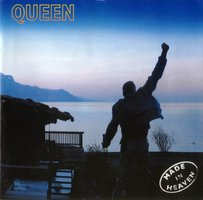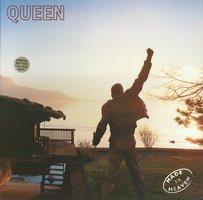As most Carpenters fans know, the last gold single of the Cs was "Please Mr. Postman".
But "Only Yesterday" did reach #4 on the Billboard charts. So it must have come very close to being certified as gold.
Does anyone know just how short it was from getting the gold designation?
But "Only Yesterday" did reach #4 on the Billboard charts. So it must have come very close to being certified as gold.
Does anyone know just how short it was from getting the gold designation?



